In this article, we will look at 25 safe indoor activities for toddlers you can add to their play time.
When it comes to keeping toddlers entertained, finding activities that are both engaging and safe can sometimes feel like a challenge. Indoor play is essential, especially during rainy days or when outdoor time isn’t an option.
As parents and caregivers, it’s important to have a variety of activities on hand that not only capture their imagination but also ensure their safety.
In this blog post, we are going to look at some of the best indoor activities designed specifically with toddlers in mind, focusing on creativity, development, and, most importantly, safety.
25 SAFE INDOOR ACTIVITIES FOR TODDLERS.
1. DIY Obstacle Course
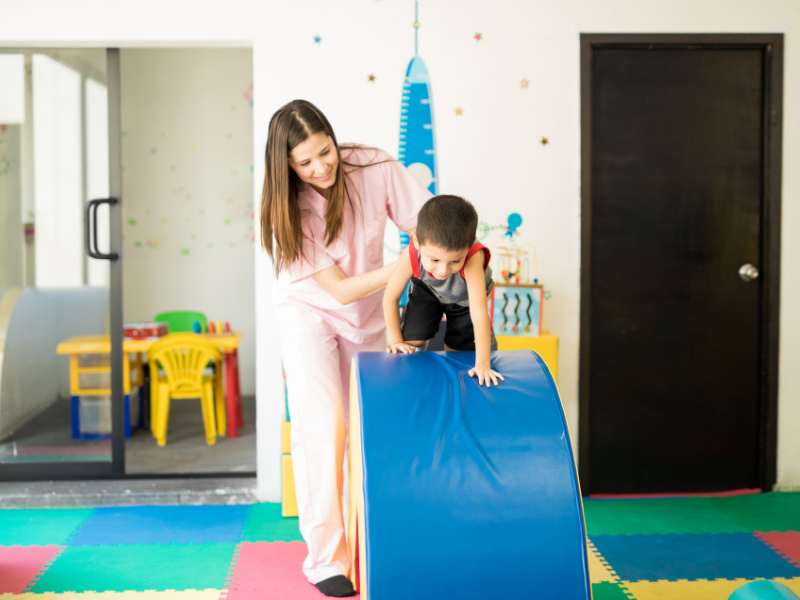 Create a simple obstacle course using everyday household items like pillows, cushions, and soft furniture.
Create a simple obstacle course using everyday household items like pillows, cushions, and soft furniture.
Arrange these items in a way that encourages your toddler to crawl under, climb over, and jump from one spot to another.
This activity not only helps them develop gross motor skills but also provides a fun way to burn off energy safely indoors.
2. Finger Painting
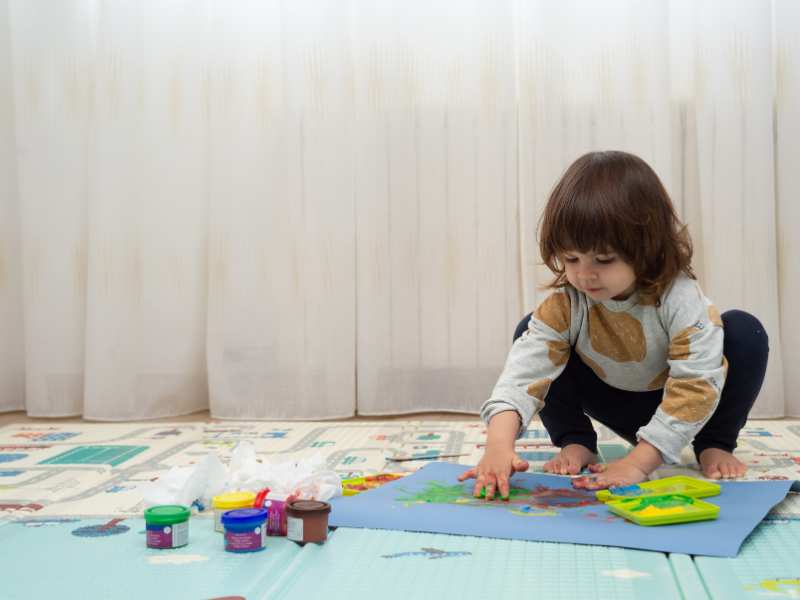 Finger painting is a sensory-rich activity that allows toddlers to explore colors and textures.
Finger painting is a sensory-rich activity that allows toddlers to explore colors and textures.
Use non-toxic, washable paints and large sheets of paper to let them create their own masterpieces.
This activity fosters creativity and fine motor skills as they experiment with mixing colors and creating shapes with their hands.
3. Sensory Bins
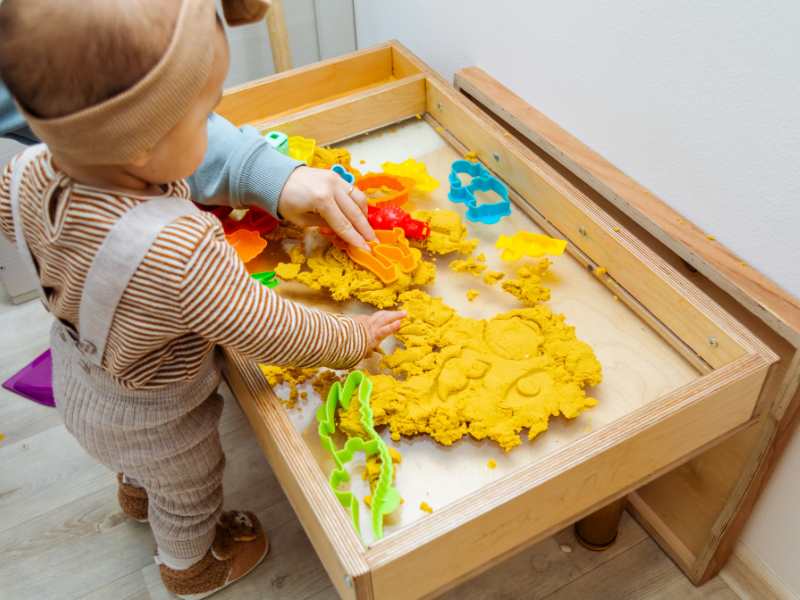 A sensory bin is a container filled with materials like rice, pasta, or water beads, along with small toys or objects.
A sensory bin is a container filled with materials like rice, pasta, or water beads, along with small toys or objects.
This activity engages your toddler’s sense of touch, sight, and sometimes even sound, helping them explore different textures and develop fine motor skills by scooping, pouring, and sorting.
4. Building Blocks
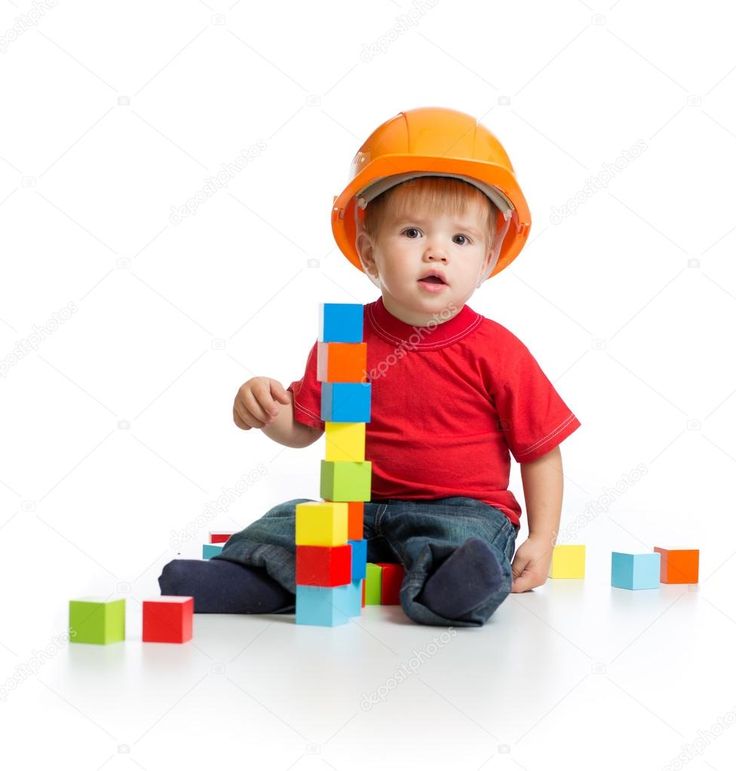
Large, soft building blocks are perfect for little hands. Toddlers can stack them to create towers or structures, which can then be safely knocked down.
This activity encourages problem-solving, spatial awareness, and hand-eye coordination as they figure out how to balance the blocks. .This is one of the best safe indoor activities for toddlers
5. Puppet Show
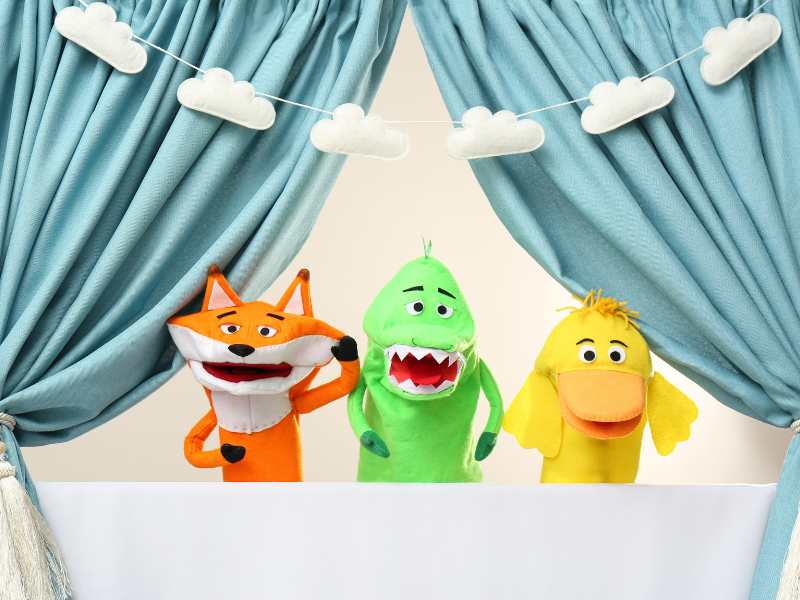 Use simple puppets made from socks or small stuffed animals to put on a puppet show. You can tell stories or let your toddler take the lead in creating their own.
Use simple puppets made from socks or small stuffed animals to put on a puppet show. You can tell stories or let your toddler take the lead in creating their own.
This activity enhances language development, creativity, and social skills as they engage in imaginative play.
6. Story Time
 Reading books together is a classic activity that promotes early literacy skills. Choose colorful picture books and use different voices for the characters to make the story come alive.
Reading books together is a classic activity that promotes early literacy skills. Choose colorful picture books and use different voices for the characters to make the story come alive.
Storytime is also a great way to bond with your toddler and introduce them to new vocabulary.
7. Musical Instruments
 Providing toddler-friendly instruments like tambourines, drums, and maracas allows your child to explore the world of sound.
Providing toddler-friendly instruments like tambourines, drums, and maracas allows your child to explore the world of sound.
Playing instruments helps develop their sense of rhythm, coordination, and auditory discrimination.
You can have fun playing along to their favorite songs or creating your own music together.
8. Indoor Bowling
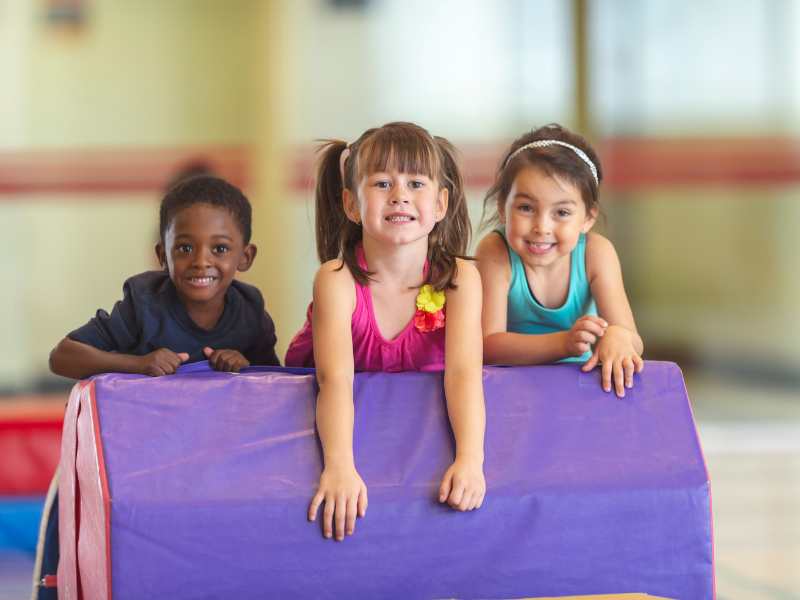 Set up a simple bowling game using empty plastic bottles as pins and a soft ball.
Set up a simple bowling game using empty plastic bottles as pins and a soft ball.
This activity is a great way to practice hand-eye coordination and motor skills as your toddler aims and rolls the ball to knock down the pins.
It’s also a fun way to introduce concepts like counting and cause-and-effect.
9. Treasure Hunt
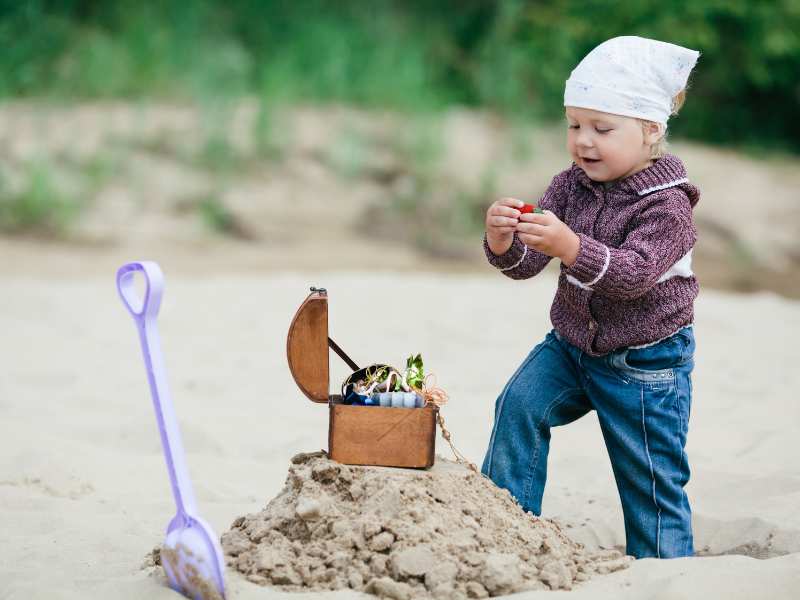 Hide small toys or objects around the house and give your toddler clues to find them. You can create a simple map or use verbal directions.
Hide small toys or objects around the house and give your toddler clues to find them. You can create a simple map or use verbal directions.
This activity encourages problem-solving, attention to detail, and memory skills as they search for the hidden “treasures.”
10. Dress-Up Play
 Fill a box with costumes, hats, and old clothes for your toddler to dress up in.
Fill a box with costumes, hats, and old clothes for your toddler to dress up in.
Dress-up play allows them to explore different roles and scenarios, boosting their imagination and creativity.
It’s also a great way to build social and emotional skills as they act out different situations. This among the safe indoor activities helps toddlers to learn how to dress themselves while they play.
11. Cardboard Box Playhouse
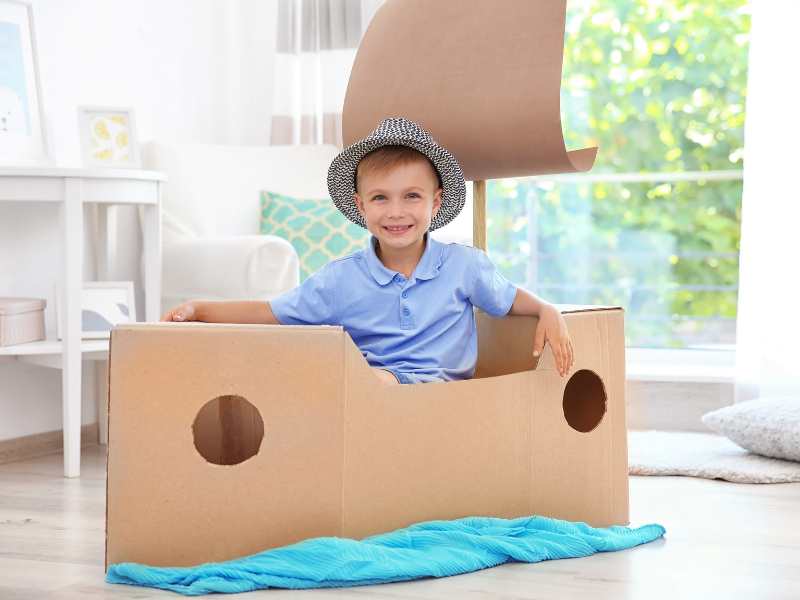 Turn a large cardboard box into a playhouse, car, or spaceship with some markers and a little creativity.
Turn a large cardboard box into a playhouse, car, or spaceship with some markers and a little creativity.
Your toddler can help decorate it and then use it as a space for imaginative play.
This activity fosters creativity and spatial awareness as they navigate and play in their new creation.
12. Cooking Play
 Set up a play kitchen or let your toddler “help” in the real kitchen with safe, age-appropriate tasks like stirring or mixing ingredients.
Set up a play kitchen or let your toddler “help” in the real kitchen with safe, age-appropriate tasks like stirring or mixing ingredients.
This activity introduces them to the concept of cooking and helps develop fine motor skills, coordination, and an understanding of basic processes like mixing and pouring.
13. Parachute Play
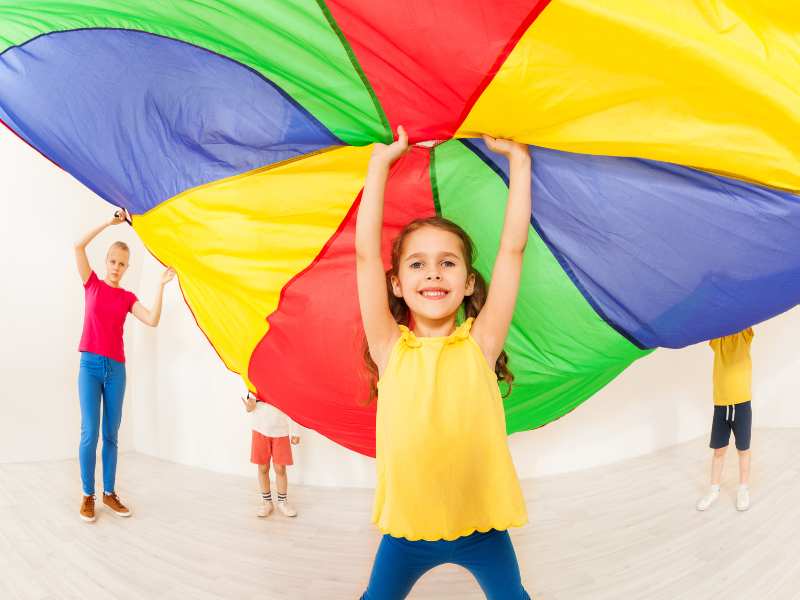 Use a large blanket or sheet as a parachute, lifting it up and down while your toddler runs underneath.
Use a large blanket or sheet as a parachute, lifting it up and down while your toddler runs underneath.
This activity is great for group play and helps develop coordination, teamwork, and motor skills. It’s also a fun way to teach concepts like up, down, and speed.
14. Ball Pit
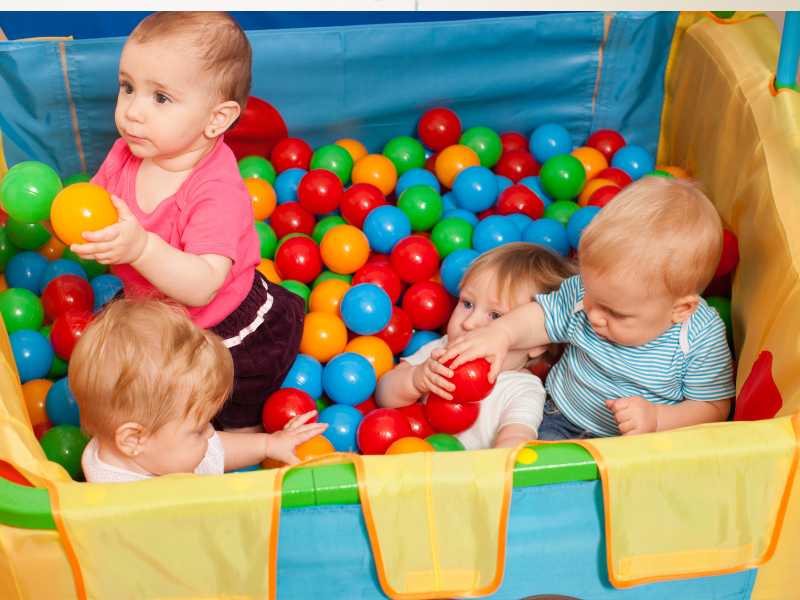 Fill an inflatable pool with soft balls to create a ball pit. This is a safe and fun way for toddlers to develop their gross motor skills as they crawl, roll, and throw the balls.
Fill an inflatable pool with soft balls to create a ball pit. This is a safe and fun way for toddlers to develop their gross motor skills as they crawl, roll, and throw the balls.
It also provides sensory stimulation as they feel the different textures and weights of the balls.
15. Pillow Forts
 Building a fort using pillows, blankets, and cushions is a timeless activity that encourages creativity and problem-solving.
Building a fort using pillows, blankets, and cushions is a timeless activity that encourages creativity and problem-solving.
Once the fort is built, it can become a cozy reading nook, a hideout, or a space for imaginative play.
This activity also helps develop spatial awareness as your toddler figures out how to arrange the pillows and blankets.
16. Dance Party
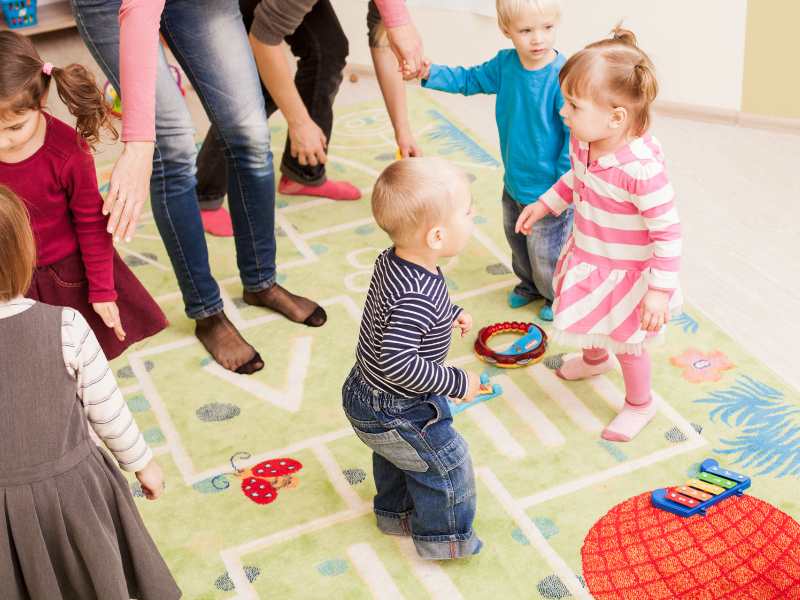 Turn on some music and have a mini dance party in your living room. Dancing is a fun way to burn off energy and improve gross motor skills, coordination, and rhythm.
Turn on some music and have a mini dance party in your living room. Dancing is a fun way to burn off energy and improve gross motor skills, coordination, and rhythm.
It’s also a great way to boost mood and encourage self-expression through movement.
17. Shadow Play
 Use a flashlight or a lamp to create shadows on the wall. You can make different shapes with your hands or use objects to cast shadows and create stories about the shapes.
Use a flashlight or a lamp to create shadows on the wall. You can make different shapes with your hands or use objects to cast shadows and create stories about the shapes.
This activity helps develop imagination and understanding of light and shadows while providing a calm and engaging experience.
18. Sorting Games
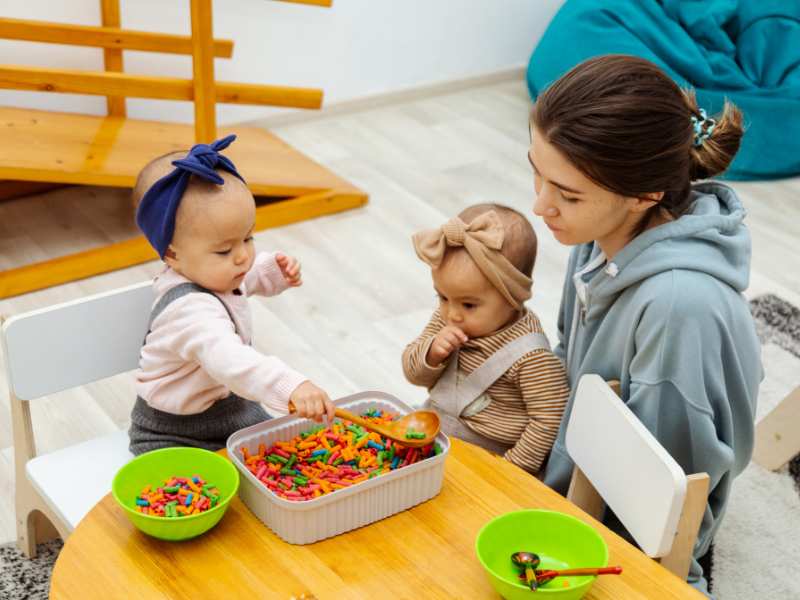 Provide your toddler with colorful objects like toys, blocks, or buttons to sort by color, size, or shape.
Provide your toddler with colorful objects like toys, blocks, or buttons to sort by color, size, or shape.
Sorting games help develop cognitive skills like categorization, pattern recognition, and problem-solving.
They also improve fine motor skills as your toddler picks up and arranges the objects.
19. Bubbles
 Blow bubbles indoors (in a non-slip area) and let your toddler chase and pop them.
Blow bubbles indoors (in a non-slip area) and let your toddler chase and pop them.
This simple activity is great for developing hand-eye coordination, motor skills, and visual tracking. It’s also a lot of fun and can be a soothing, calming activity.
20. Sticky Notes Wall
 Stick colorful sticky notes on the wall and let your toddler peel them off and stick them elsewhere.
Stick colorful sticky notes on the wall and let your toddler peel them off and stick them elsewhere.
This activity is great for developing fine motor skills, hand strength, and coordination as they grasp and move the sticky notes.
You can also use this activity to introduce colors, shapes, and patterns.
21. Indoor Sandbox
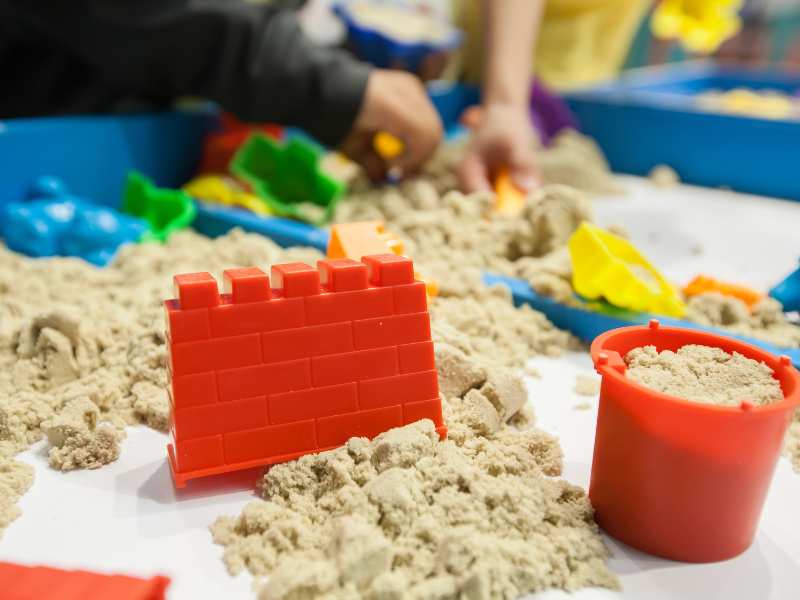 Fill a large container with kinetic sand or rice for an indoor sandbox experience. Provide scoops, small toys, and molds for your toddler to play with.
Fill a large container with kinetic sand or rice for an indoor sandbox experience. Provide scoops, small toys, and molds for your toddler to play with.
This activity is perfect for sensory exploration and helps develop fine motor skills as they dig, pour, and shape the sand or rice.
22. Yoga for Toddlers
 Follow along with simple toddler yoga videos or create your own poses that mimic animals or objects. Yoga helps improve flexibility, balance, and coordination.
Follow along with simple toddler yoga videos or create your own poses that mimic animals or objects. Yoga helps improve flexibility, balance, and coordination.
It’s also a great way to introduce mindfulness and relaxation techniques in a fun and engaging way.
23. Sensory Bottles
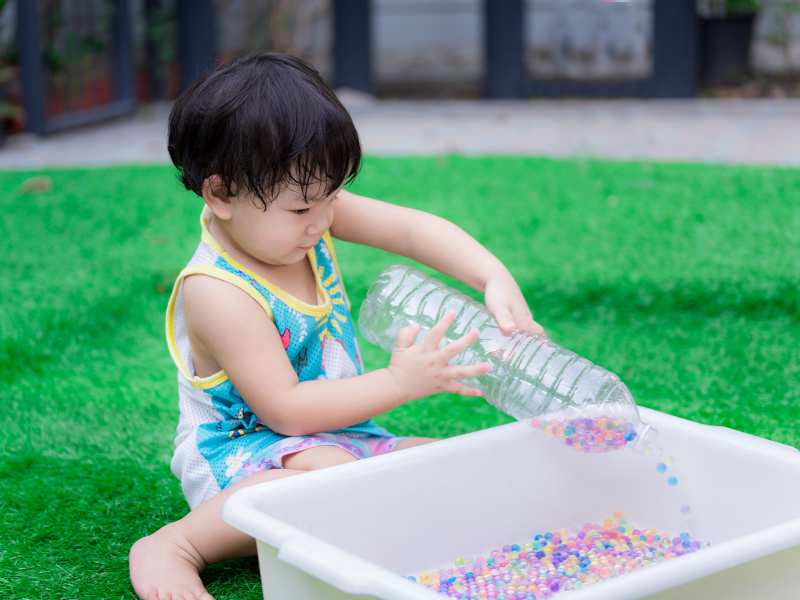 Create sensory bottles by filling empty water bottles with water, glitter, beads, and small objects.
Create sensory bottles by filling empty water bottles with water, glitter, beads, and small objects.
Seal them tightly and let your toddler shake and observe the contents. Sensory bottles are great for visual stimulation and can have a calming effect as your child watches the objects move around.
24. Matching Games
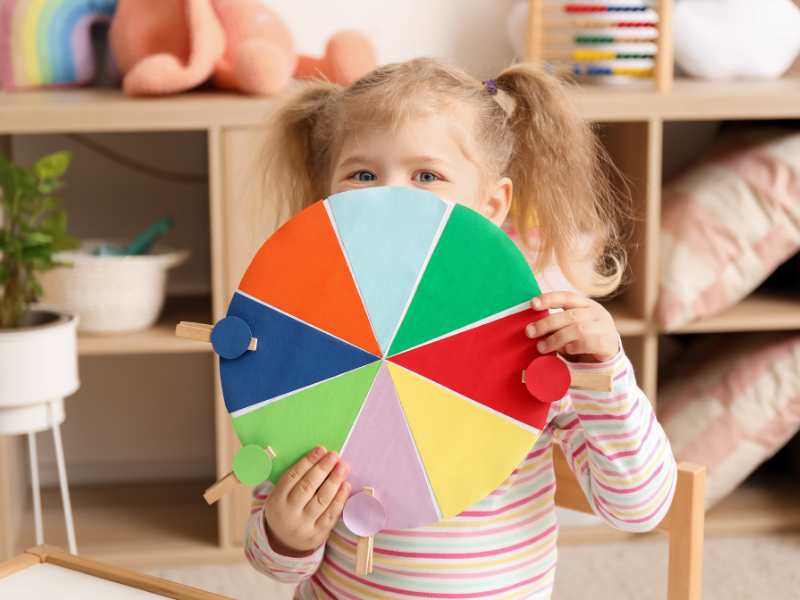 Use cards, pictures, or toys to create matching games where your toddler has to find pairs or match similar items.
Use cards, pictures, or toys to create matching games where your toddler has to find pairs or match similar items.
This activity helps develop memory, attention, and problem-solving skills. It’s also a great way to introduce concepts like matching, similarity, and differences.
25. Paper Towel Tube Ball Drop
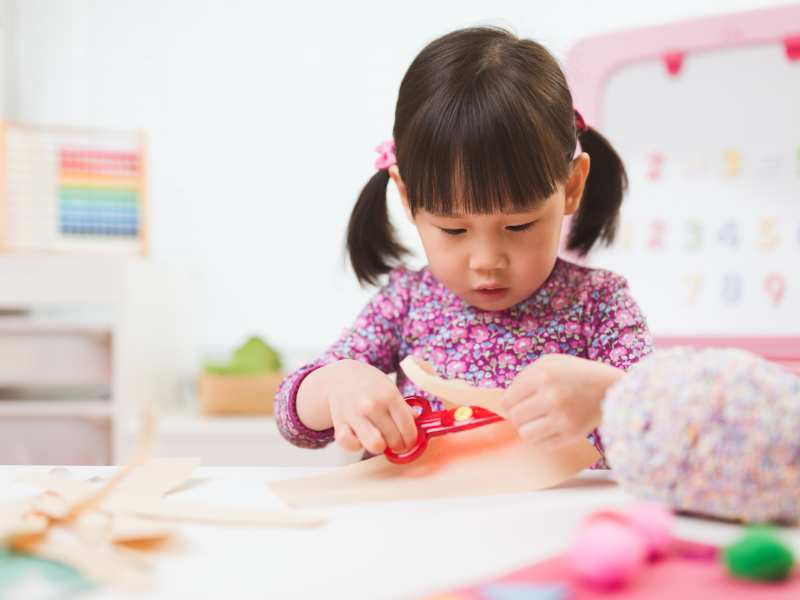 Tape paper towel tubes to a wall at different angles and let your toddler drop small balls or toys through the tubes.
Tape paper towel tubes to a wall at different angles and let your toddler drop small balls or toys through the tubes.
This activity is perfect for developing fine motor skills, hand-eye coordination, and understanding of cause and effect as they watch the balls move through the tubes.
HOW TO KEEP TODDLERS ENGAGED INDOORS.
1. Create a Routine
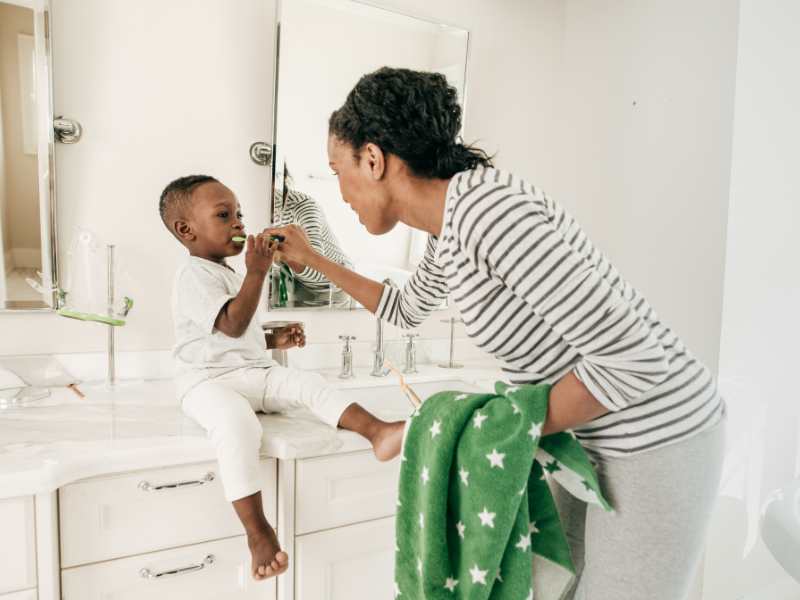 Establishing a daily routine helps toddlers know what to expect and provides structure. Include a mix of activities such as playtime, story time, snack time, and quiet time.
Establishing a daily routine helps toddlers know what to expect and provides structure. Include a mix of activities such as playtime, story time, snack time, and quiet time.
A predictable routine helps reduce anxiety and keeps them engaged throughout the day.
2. Rotate Toys and Activities
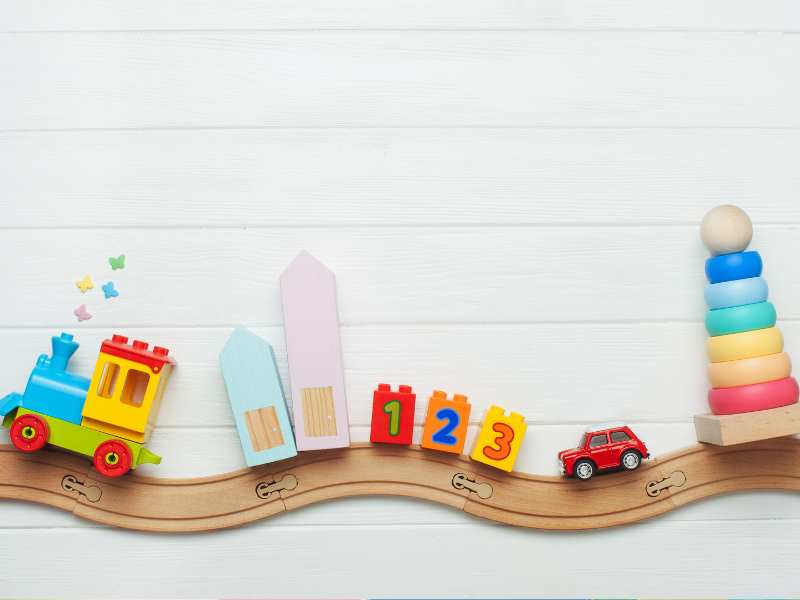 Avoid overwhelming your toddler with too many options at once. Rotate toys and activities weekly to keep their interest fresh.
Avoid overwhelming your toddler with too many options at once. Rotate toys and activities weekly to keep their interest fresh.
By bringing out different toys periodically, you create a sense of novelty, which keeps them excited and engaged.
3. Embrace Learning Through Play
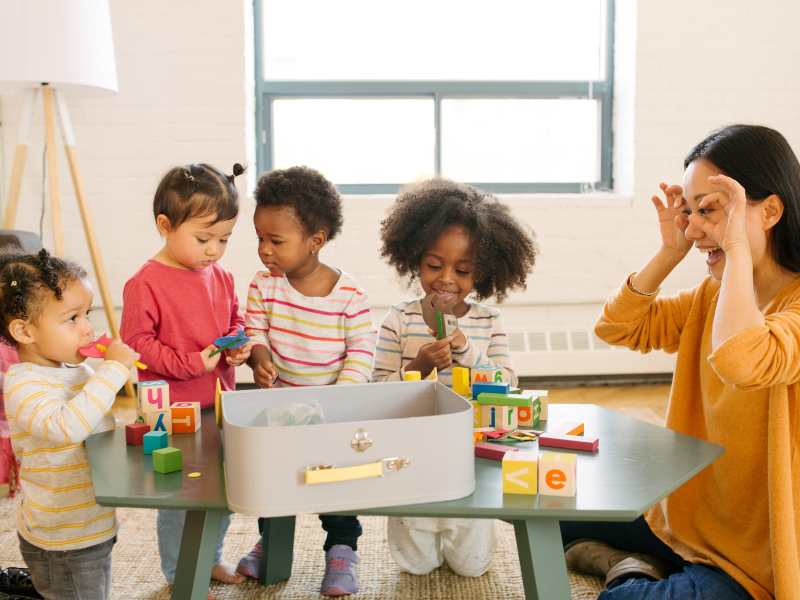 Toddlers learn best through play. Choose activities that are both fun and educational, such as puzzles, building blocks, and matching games.
Toddlers learn best through play. Choose activities that are both fun and educational, such as puzzles, building blocks, and matching games.
Including learning elements like colors, shapes, and numbers into playtime makes it more engaging and beneficial.
4. Encourage Imaginative Play
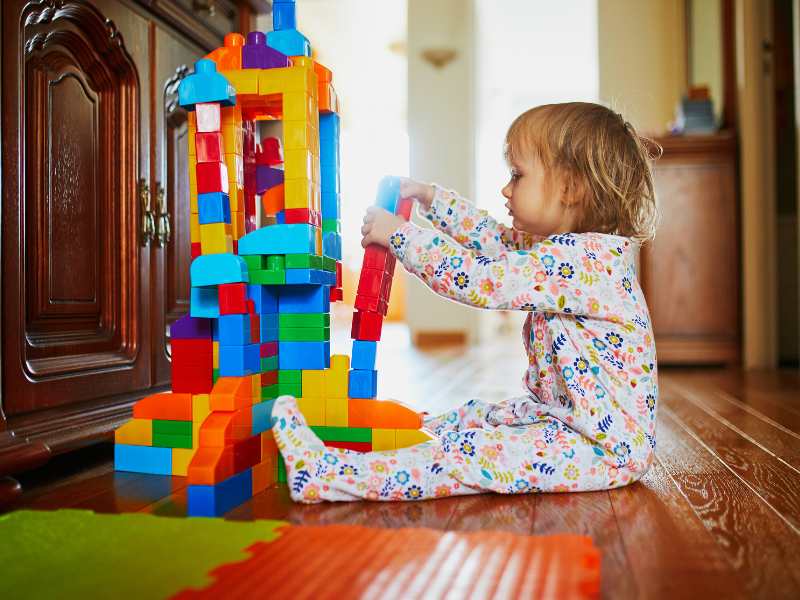 Imaginative play, such as dress-up, role-playing, and puppet shows, allows toddlers to explore their creativity and use their imagination.
Imaginative play, such as dress-up, role-playing, and puppet shows, allows toddlers to explore their creativity and use their imagination.
Providing props like costumes or simple household items can inspire endless scenarios and keep them occupied for longer periods ,and it is one of the safe indoor activities for toddlers.
5. Use Sensory Activities
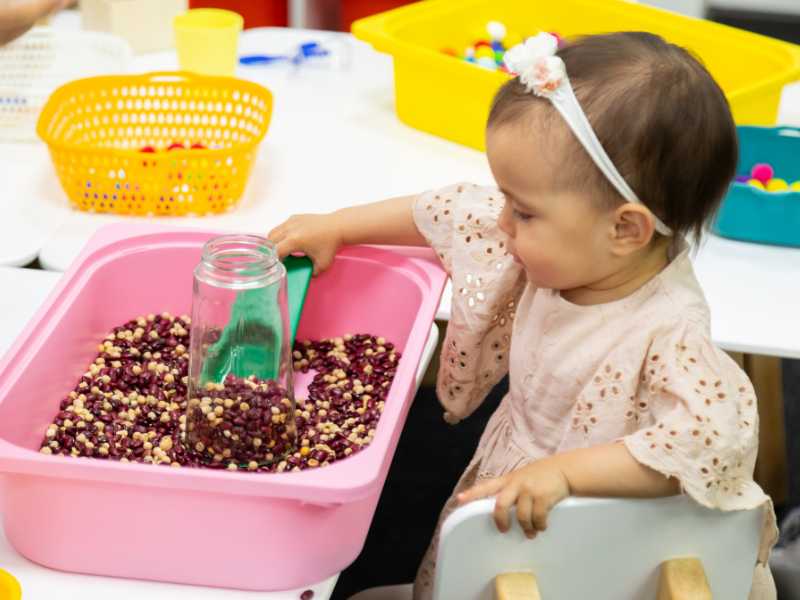 Sensory activities like sensory bins, finger painting, or playing with playdough engage toddlers’ senses and keep them absorbed in the activity.
Sensory activities like sensory bins, finger painting, or playing with playdough engage toddlers’ senses and keep them absorbed in the activity.
These activities are not only enjoyable but also help in developing fine motor skills and cognitive abilities.
6. Involve Them in Household Tasks
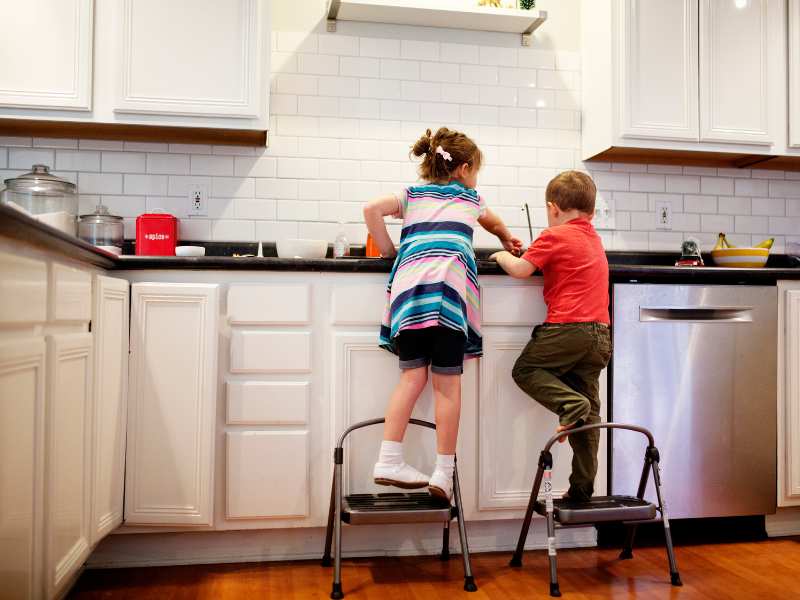 Toddlers love to imitate adults, so involve them in simple household tasks like sorting laundry, wiping surfaces, or helping in the kitchen.
Toddlers love to imitate adults, so involve them in simple household tasks like sorting laundry, wiping surfaces, or helping in the kitchen.
These activities make them feel included and important, and also teach them basic life skills.
7. Create a Designated Play Area
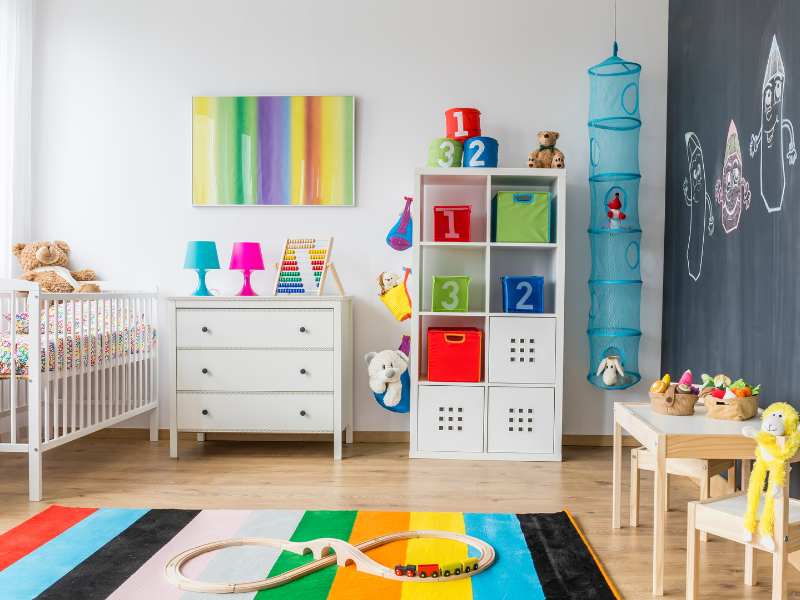 Set up a designated play area where your toddler can freely explore and play. This space should be safe, filled with age-appropriate toys, and free from distractions.
Set up a designated play area where your toddler can freely explore and play. This space should be safe, filled with age-appropriate toys, and free from distractions.
A dedicated play area helps them focus and engages them in independent play.
8. Mix Active and Quiet Activities
 Balance high-energy activities like dancing or obstacle courses with quieter ones like reading or drawing.
Balance high-energy activities like dancing or obstacle courses with quieter ones like reading or drawing.
This mix helps manage their energy levels and keeps them engaged throughout the day without becoming overstimulated.
9. Introduce New Activities Gradually
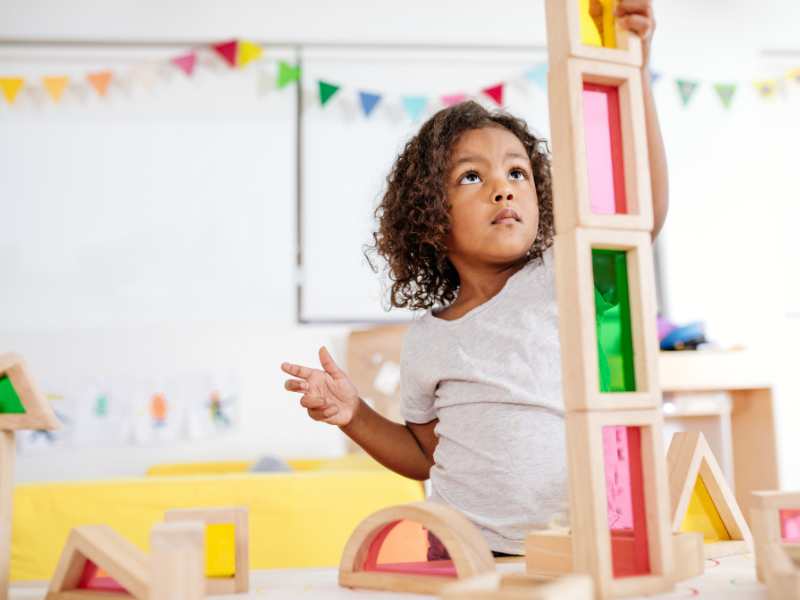 Gradually introducing new activities or toys keeps things interesting without overwhelming your toddler.
Gradually introducing new activities or toys keeps things interesting without overwhelming your toddler.
Presenting something new every few days gives them time to explore and enjoy each activity fully before moving on to the next.
10. Offer Choices
 Giving toddlers choices empowers them and increases their engagement.
Giving toddlers choices empowers them and increases their engagement.
Offer two or three activity options and let them decide which one to do. This sense of control makes them more invested in the activity.
11. Encourage Independent Play
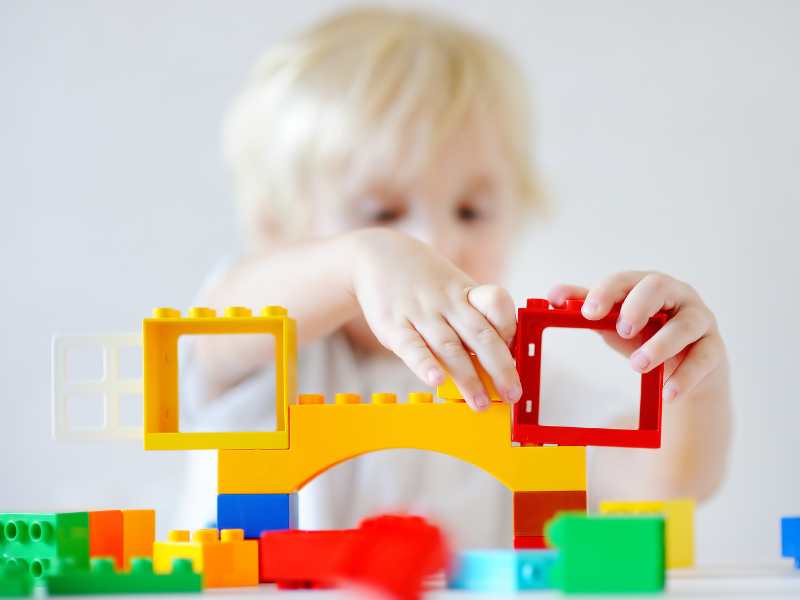 Encourage your toddler to play independently by providing activities that they can do on their own, like building blocks or coloring.
Encourage your toddler to play independently by providing activities that they can do on their own, like building blocks or coloring.
Start with short periods of independent play and gradually increase the time as they become more comfortable.
12. Use Technology Wisely
 While screen time should be limited, educational apps or videos can be engaging and beneficial in moderation.
While screen time should be limited, educational apps or videos can be engaging and beneficial in moderation.
Choose high-quality, interactive content that encourages participation and learning.
13. Have a Backup Plan
 Toddlers can lose interest quickly, so having a backup plan with a variety of activities ready can help keep them engaged.
Toddlers can lose interest quickly, so having a backup plan with a variety of activities ready can help keep them engaged.
Keep a list of go-to activities that you can easily switch to if your toddler becomes restless or bored.
14. Encourage Social Interaction
 If possible, arrange virtual playdates or interactive sessions with family members or other children.
If possible, arrange virtual playdates or interactive sessions with family members or other children.
Social interaction, even through a screen, can be engaging and helps toddlers develop communication and social skills.
15. Stay Engaged with Them
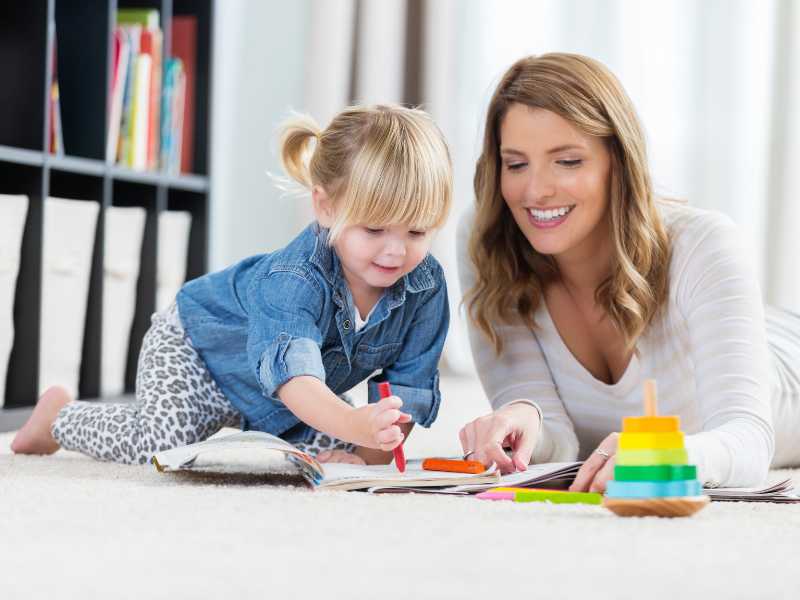 Toddlers thrive on attention and interaction. Spend time playing with them, reading together, or simply talking about what they’re doing.
Toddlers thrive on attention and interaction. Spend time playing with them, reading together, or simply talking about what they’re doing.
Your involvement keeps them engaged and makes the experience more enriching for both of you.
Lastly, keeping toddlers engaged indoors doesn’t have to be a daunting task. With a variety of creative and safe activities, you can turn any indoor space into a playground of learning and fun.
Embracing these routines, rotating toys, and encouraging imaginative and sensory play, you ensure that your toddler remains entertained while also supporting their development.
The key is to stay flexible and responsive to their interests, offering new experiences that keep their curious minds active.
With all the above ideas, you’ll not only keep your little one happily engaged but also create lasting memories together.
|
ReplyForward |